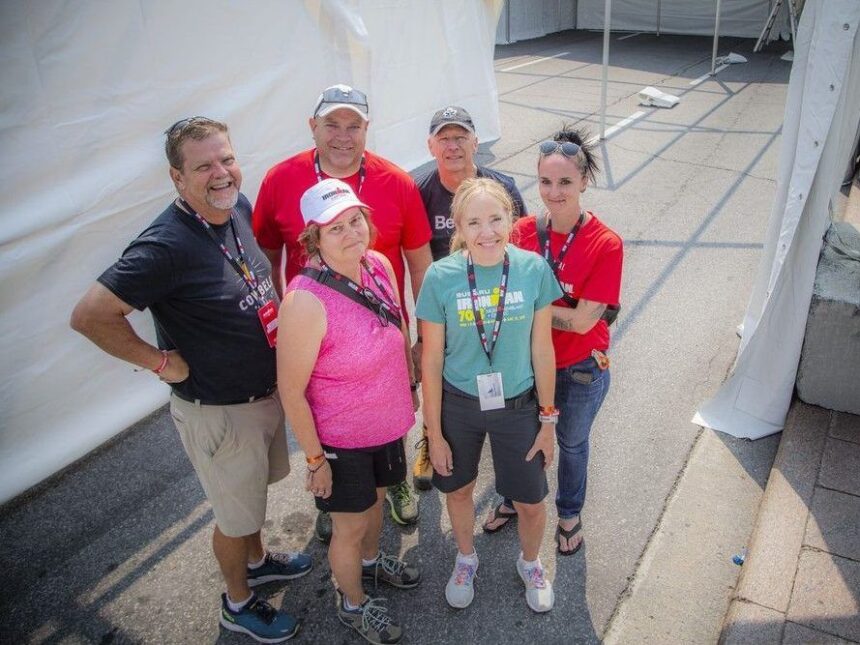As dawn broke over Canada’s capital city this Sunday, a team of medical professionals from The Ottawa Hospital was already setting up an unprecedented support system for athletes tackling one of the world’s most grueling endurance challenges. The inaugural Ottawa Ironman triathlon not only tested competitors with a 3.8-kilometer swim, 180-kilometer bike ride, and 42.2-kilometer run, but also marked the first time a specialized medical clinic was established specifically for participating athletes.
“We’re bringing hospital-level care directly to the field,” explained Dr. Emily Brennan, emergency physician and lead coordinator of the Ironman medical support team. “These athletes push their bodies to extraordinary limits, and we wanted to ensure they had access to comprehensive medical support throughout their journey.”
The clinic, staffed by over 20 healthcare professionals including emergency physicians, nurses, and physiotherapists, treated approximately 30 athletes during the competition for conditions ranging from dehydration and heat exhaustion to more serious concerns like cardiac irregularities and severe electrolyte imbalances.
The Ottawa Hospital’s initiative represents a significant advancement in event medicine, particularly for extreme endurance competitions. Unlike traditional medical tents that focus primarily on first aid, this specialized clinic offered diagnostic capabilities including point-of-care ultrasound, advanced laboratory testing, and immediate treatment options typically found only in hospital settings.
“What we’ve created here is essentially a mobile emergency department,” noted Dr. Jonathan Reynolds, sports medicine specialist at The Ottawa Hospital. “By bringing these resources directly to the competition site, we can often treat athletes without needing to transport them to hospital, allowing many to continue their race after appropriate medical intervention.”
The creation of the clinic followed months of planning and coordination between hospital administration, race organizers, and municipal emergency services. The model was developed after analyzing medical data from Ironman events worldwide and identifying common medical emergencies that could be addressed with proper on-site facilities.
For participant Sarah McIntosh, who experienced severe cramping at kilometer 150 of the cycling portion, the clinic proved invaluable. “I thought my race was over,” she recounted. “But after 40 minutes of treatment including IV fluids and electrolyte replacement, I was able to continue and finish. Without the clinic, I would have had to withdraw.”
Beyond immediate treatment, the clinic also served as a research opportunity. With participant consent, medical staff collected data on physiological responses to extreme endurance activities, information that will contribute to broader understanding of human performance and recovery mechanisms.
City officials have already indicated that the medical clinic will become a permanent feature of future Ottawa Ironman events, with plans to expand services based on this year’s experiences. The model may also be adopted by other Canadian cities hosting similar endurance competitions.
“What we’ve demonstrated here is that with proper medical planning and resources, we can make these incredibly demanding events safer for all participants,” Dr. Brennan emphasized. “The dedication these athletes show deserves to be matched by our commitment to their wellbeing.”
As endurance sports continue to grow in popularity across Canada, this innovative approach to athlete care raises an important question: Will this level of specialized medical support become the new standard for extreme sporting events nationwide, and what might this mean for expanding participation in these physically demanding competitions?











